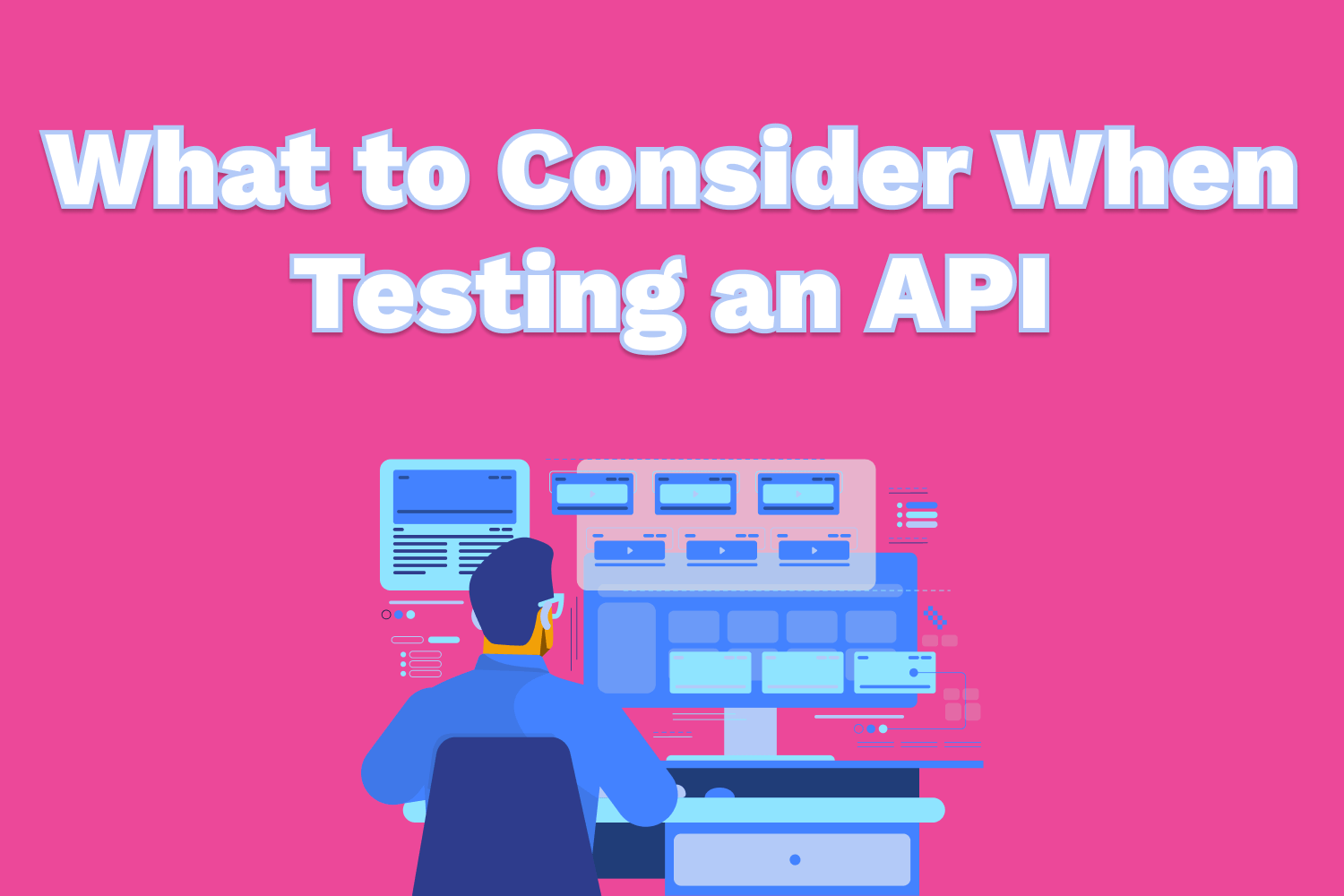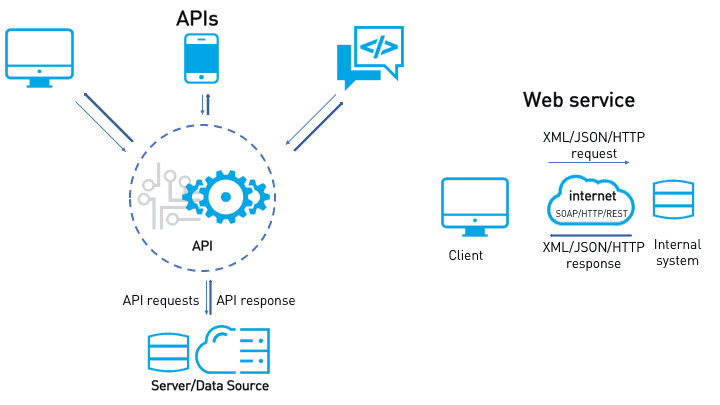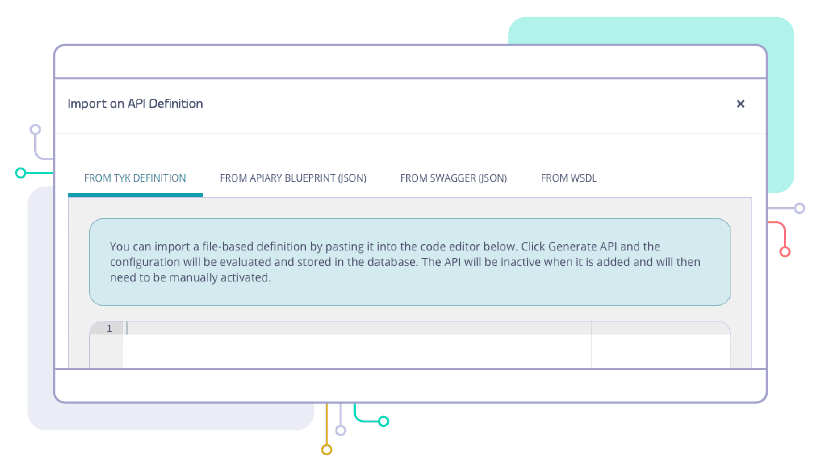Building High-quality APIs: Design, Testing, and Documentation

Executive Summary

In today’s digital landscape, APIs (Application Programming Interfaces) play a crucial role in enabling seamless communication and data exchange between different software applications and systems. Designing, testing, and documenting APIs effectively is paramount to ensuring their reliability, usability, and widespread adoption. This comprehensive article delves into the essential aspects of building high-quality APIs, exploring key principles, best practices, and industry standards.

Introduction
APIs act as the interface that allows applications to interact with each other, facilitating data sharing, functionality integration, and the creation of innovative services. Building effective APIs requires a systematic approach that encompasses careful design, rigorous testing, and thorough documentation. This article aims to provide a detailed guide to help developers craft high-quality APIs that meet the demands of modern software development.
Design Considerations
Architecture and Protocol Selection
- Choose an architectural style (RESTful, SOAP, GraphQL) that aligns with the API’s purpose and performance requirements.
- Select communication protocols such as HTTP or AMQP based on their suitability for the API’s use case.
- Define resource representation formats (JSON, XML) considering factors like readability, compactness, and extensibility.
Versioning and Evolution Strategy
- Establish a clear versioning scheme to ensure API stability while accommodating future enhancements.
- Develop a strategy for handling backward compatibility to minimize disruption for consumers during API updates.
- Plan for API evolution by considering how it can be extended or modified to meet changing business needs.
Security and Authentication
- Implement robust security mechanisms to protect API endpoints from unauthorized access.
- Enforce authentication and authorization measures to control user permissions and prevent data breaches.
- Employ industry-standard encryption protocols to ensure data confidentiality and integrity during transmission.
Error Handling and Logging
- Design a comprehensive error handling strategy to provide meaningful error messages and codes to API consumers.
- Implement logging capabilities to capture and analyze API usage patterns, performance metrics, and potential issues.
- Monitor API logs regularly to identify errors, improve performance, and ensure overall API health.
Performance Optimization
- Optimize API performance by minimizing latency, reducing bandwidth usage, and handling high traffic volumes efficiently.
- Use caching mechanisms to improve response times and reduce server load.
- Implement pagination, rate limiting, and throttling techniques to manage API usage and prevent overload.
Testing and Validation
Unit and Integration Testing
- Conduct unit tests to verify the functionality of individual API components, such as methods, functions, and modules.
- Perform integration testing to ensure that multiple API components work together seamlessly and meet the overall API requirements.
Performance and Load Testing
- Execute performance tests to evaluate API response times, throughput, and scalability under various load conditions.
- Perform load testing to simulate real-world usage scenarios and identify potential performance bottlenecks.
Security Testing
- Conduct security audits to assess the API’s vulnerability to attacks and identify potential security vulnerabilities.
- Implement penetration testing to simulate malicious attacks and evaluate the API’s ability to withstand threats.
Documentation and Communication
API Documentation
- Create comprehensive API documentation that provides clear instructions on how to use the API, including resource endpoints, parameters, and response formats.
- Use OpenAPI or Swagger to generate interactive API documentation that simplifies onboarding and testing.
- Maintain and update API documentation regularly to reflect changes and enhancements.
Tutorials and Guides
- Develop tutorials and step-by-step guides to help developers understand the API’s functionality and integrate it into their applications.
- Provide sample code snippets and examples demonstrating how to use the API in various scenarios.
Community Engagement
- Establish a developer community forum or discussion group to facilitate interaction and support between API users.
- Respond promptly to user queries and provide assistance with API implementation and troubleshooting.
Conclusion
Building high-quality APIs requires a comprehensive approach that encompasses thoughtful design, rigorous testing, and thorough documentation. By adhering to the principles outlined in this article, developers can create APIs that are reliable, scalable, secure, and easy to use. Effective APIs empower developers to build innovative solutions, enhance collaboration, and drive business growth in the digital age.
Keywords
- API Design
- API Testing
- API Documentation
- API Security
- API Performance
